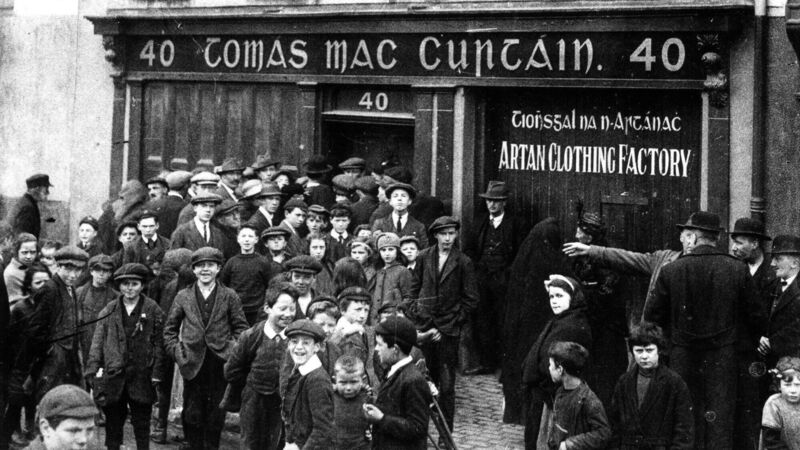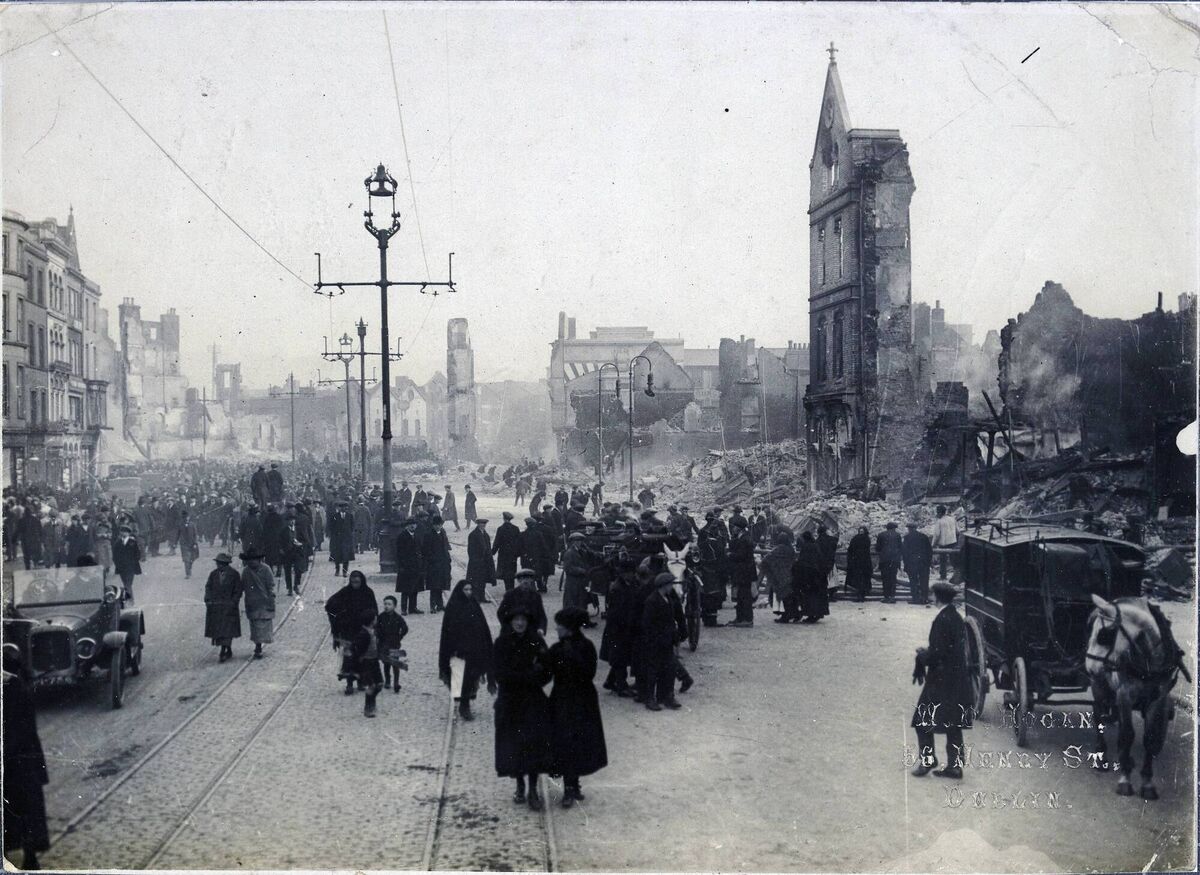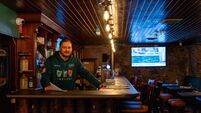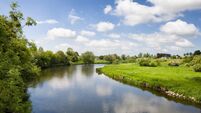Tragedy, death, a city in flames - we reflect on the historic events in Cork in 1920

THE year 1920 would be a defining one for the city of Cork. It was a year that would witness dramatic changes to its political and geographical landscape; a year that would see the deaths of two Lord Mayors and a year that would see Cork transformed from a city at peace to a city at war.

In refusing food, MacSwiney was joining the hunger strike that republican prisoners in Cork Prison had commenced on August 11.
As the days passed, the eyes of the world focused on his cell in Brixton as his condition slowly and painfully deteriorated. Finally, on October 25, he passed away, having refused food for 74 days.
MacSwiney’s funeral took place on October 31 and thousands again lined the city streets to pay their respects as his remains were laid to rest alongside those of his friend and comrade Tomás MacCurtain.
The day MacSwiney died, Volunteer Joseph Murphy of Pouladuff Road passed away in Cork Prison, having refused food for 76 days. He was buried in the Republican Plot on October 27.
In addition to these two deaths, the autumn of 1920 would witness a dramatic escalation of the conflict in Cork. On September 15, the IRA abducted John O’Callaghan from his home on Pickett’s Lane and executed him for being an informer. The following month an RIC constable was shot dead on Patrick Street and a British soldier was mortally wounded in an IRA ambush on Barrack Street.
In November, K Company of the newly-formed Auxiliary Division of the RIC arrived in Victoria Barracks. The ‘Auxiliaries’ had been formed in the summer as an elite strike force comprised of former officers of the British armed forces who were tasked with taking the fight to the IRA and their supporters.

That same month, death would stalk the streets of Cork. The IRA shot dead a sergeant in the RIC, a Black and Tan and two Auxiliaries. They also executed a Volunteer who was found guilty of spying and three civilians who were accused of being informers.
A 15-year-old member of Na Fianna Eireann and three civilians were shot dead by Crown Forces and three members of the IRA died when a bomb they were carrying accidently exploded on Patrick Street.
Crown forces in Cork also adopted a new strategy that autumn when they commenced a series of unauthorised arson attacks on Sinn Féin offices and the homes and businesses of republican sympathisers. These fires posed a major threat to the city and were fought by members of Cork Fire Brigade led by Captain Alfred Hutson.
Night after night that November, the brigade worked heroically to quench the flames. But nothing they experienced at that time would prepare them for the night of terror they would face the following month.
On November 28, an IRA Flying Column led by Tom Barry shattered the myth of invincibility that surrounded the Auxiliaries when they ambushed a mobile patrol at Kilmichael. Sixteen Auxiliaries were killed and another was seriously wounded. One escaped but would later be captured and killed.
The Auxiliaries in Victoria Barracks were outraged by this incident and out for vengeance. At the start of December they ransacked and burned a number of buildings in the city, shot dead two civilians, abused, assaulted and forcibly searched pedestrians on Patrick Street and caused the death of a 60-year old woman from a heart attack when they raided her home on Tuckey Street.
Then, on December 10, Martial Law was declared in the south of Ireland. The situation in Cork was clearly spiralling out of control, but worse was yet to come.
Faced with the aggressive behaviour of the Auxiliaries, the IRA decided to hit back. At 7pm on December 11, they ambushed an Auxiliary mobile patrol near Dillon’s Cross, wounding 12, one of whom later died. For the Auxiliaries, this was the last straw. Around 9pm, a group from Victoria Barracks stormed down to Dillon’s Cross where they proceeded to drag a number of residents from their homes before putting the buildings to the torch.

A number of Auxiliaries and Black and Tans also congregated on Patrick Street and began burning shops on the eastern side. When the fire brigade arrived, they were assaulted and their hoses were cut by bayonets but they still did their best to contain the fires.
Unfortunately, despite their efforts, all the buildings on the eastern side of the street were consumed by flames.
In the early hours of December 12, the Auxiliaries burned City Hall and the nearby Carnagie Library. They also shot dead Jeremiah Delany and mortally wounded his brother Cornelius, both IRA members, during a raid on their home, at Dublin Hill.
The next morning, crowds started to gather on Patrick Street where the foul smell of smouldering ruins mingled with the crisp air of a winter’s morning. More than 500 people lost their homes 2,000 were made unemployed, 57 buildings were destroyed and 20 were damaged in a night of terror that would come to be known as ‘The Burning of Cork’.
With the loss of two Lord Mayors, the introduction of a curfew, and the destruction of much of their city, 1920 was a year when, in the words of Terence MacSwiney, the people of Cork had indeed ‘suffered the most’.
As Christmas approached, they also faced an uncertain future, but they remained unbowed and their support for an independent Ireland remained undiminished. Unfortunately, they would have to endure many more trials and tribulations before fighting in their city came to an end.





 App?
App?


